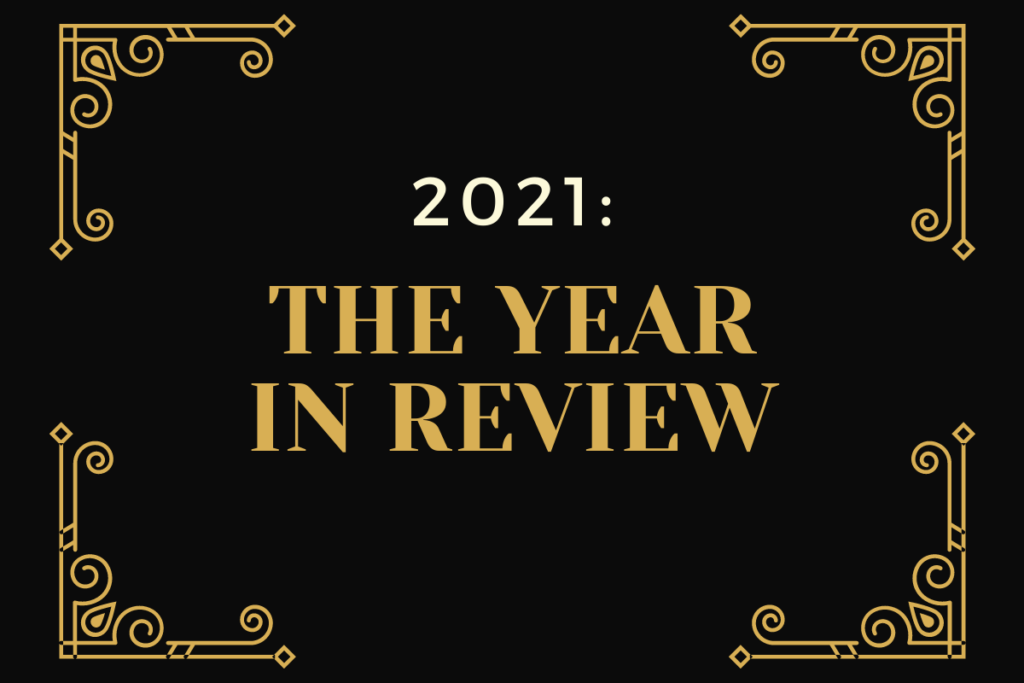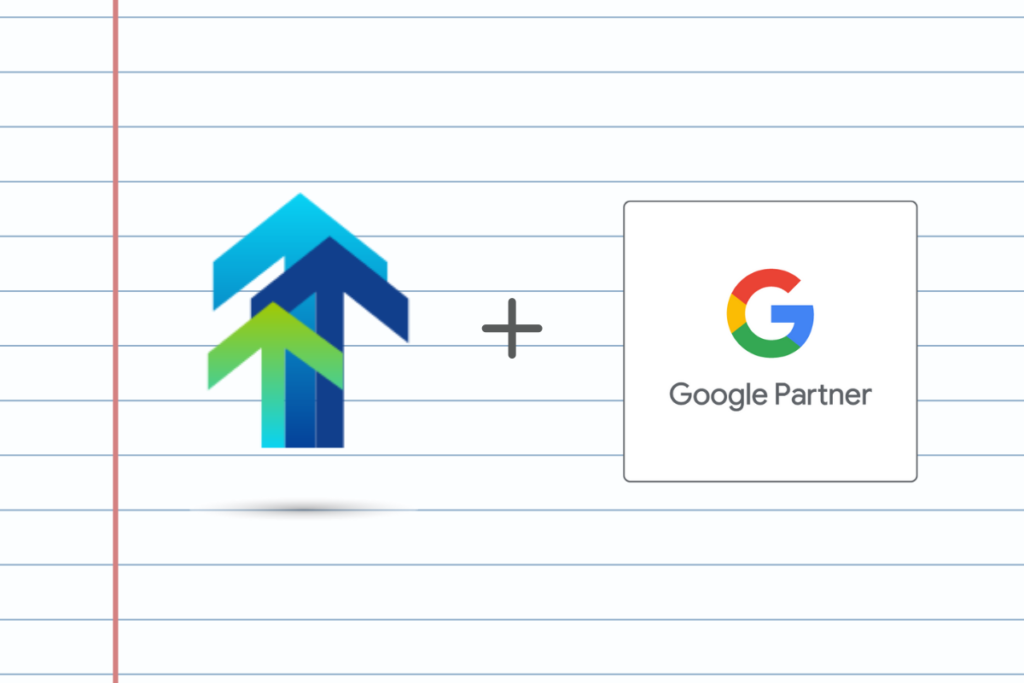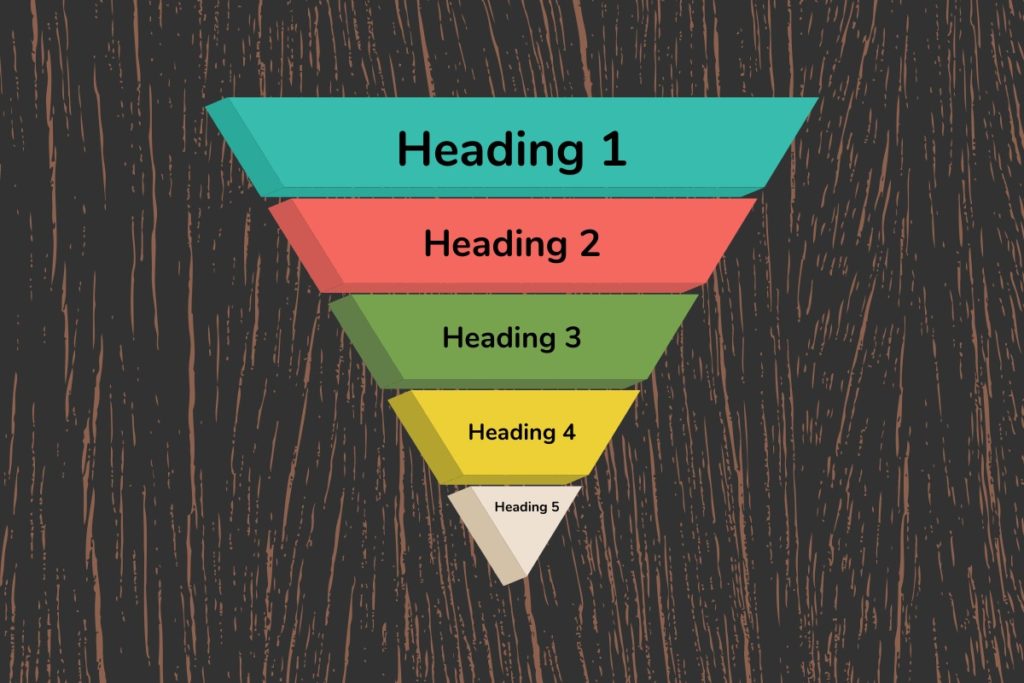January 2022 Newsletter
In This Issue:
2021: The Year In Review

2021 was a busy year for Top Of The List and the SEO industry! From business certifications to SEO changes to offering new services, we have kept our finger on the pulse of a growing industry. See the exciting developments in 2021: The Year In Review.
TOTL’s Nicole Vesota a Recertified Google Ads Partner

We’re pleased to announce that Top Of The List’s social media and ads guru, Nicole Vesota, has passed the required recertification courses and achieved the necessary requirements to maintain her Google Ads Partner certification. It’s another way to say “she knows her stuff” when it comes to advertising on Google and its partners. Contact us if you’d like to chat with her about opportunities to reach new audiences with Google Ads. And congratulations Nicole!
Tip of the Month

Use subheadings in blog posts. Headings and subheadings show the content hierarchy of a page. The biggest misconception about headings is that they should be used for styling when they should really be used to show the structure of a body of text.
Headings indicate what information is important
Headings are labeled with a number from 1 to 6. H1 (heading 1) is the first heading on the page and the most important, while H2-H6 indicate increasingly more specific information. The higher the heading on the page, the broader the topic will be.
Headings are easier for skimming
Very few people have the time or patience to read a wall of text. Adding headings throughout a post informs the reader about each section’s topic and the main takeaways. It will also break up the text to avoid reading fatigue and encourage visitors to stay on the page longer.
Headings are good for accessibility
For visually impaired readers with screen readers, headings can indicate the post structure and inform visitors about whether or not they want to read an article. This also gives the ability for visitors to skip between headings more easily.
Headings are good for SEO
While they don’t directly impact SEO, all of the reasons above illustrate that headings improve usability and, therefore, improve SEO. Be sure to always use headings in numbered order to avoid confusion for search engine crawlers. Think of the headings like you would a writing outline. Use H1 once at the top, then H2, then H3, and so on. If you are going into a new, broader topic, go up a subheading.
For example,
- H1: Different types of dogs
- H2: Working dogs
- H3: Bernese Mountain Dog
- H3: Doberman Pinscher
- H3: Boxer
- H2: Toy dogs
- H3: Chihuahua
- H4: Long-haired
- H4: Short-haired
- H3: Maltese
- H3: Chihuahua
- H2: Working dogs
Understanding how headings work on web pages can make a big difference in user experience and improve your site’s SEO, by helping readers break down content into more manageable sections. For more information about document structure and to assist with blog writing, contact Top Of The List.
Just for Laughs

A man went to visit a friend and was amazed to find him playing chess with his dog. The man watched the game in astonishment for a while.
“I can hardly believe my eyes!” he said. “That’s the smartest dog I’ve ever seen.”
“He’s not so smart,” the friend replied. “I’ve beaten him three games out of five.”
Our best for your success!





